When to Fertilize a Lawn in Spring: Timing for Optimal Growth
- March 4, 2024
- 0 comment
Spring beckons with its promise of warmer weather, blooming flowers, and, for many homeowners, the quest for a lush, green lawn. Fertilizing your lawn in the spring is crucial to achieving this, but timing is everything. In this comprehensive guide, we’ll explore when and how to properly fertilize your lawn to ensure optimal growth and health.
Understanding Lawn Fertilization
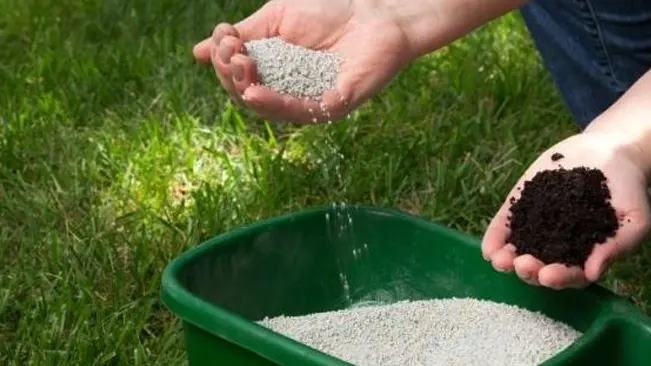
Fertilizing your lawn at the optimal moment in spring is more than just a routine task; it’s a strategic decision that sets the stage for your lawn’s performance throughout the year. The ideal time is when your lawn is emerging from its winter dormancy and is ready to start growing actively. This period is crucial because the roots are primed to absorb nutrients, leading to robust growth. If you apply fertilizer too early, while the grass is still dormant, the nutrients may not be utilized efficiently and could even leach away before the grass can benefit from them. On the other hand, fertilizing too late might mean missing out on the prime growth window, leading to a less vibrant lawn. Furthermore, incorrect timing may encourage the growth of weeds, which compete with grass for nutrients and space, and put undue stress on your grass by pushing it to grow in less than ideal conditions.
Types of Fertilizers
Slow-Release Fertilizers
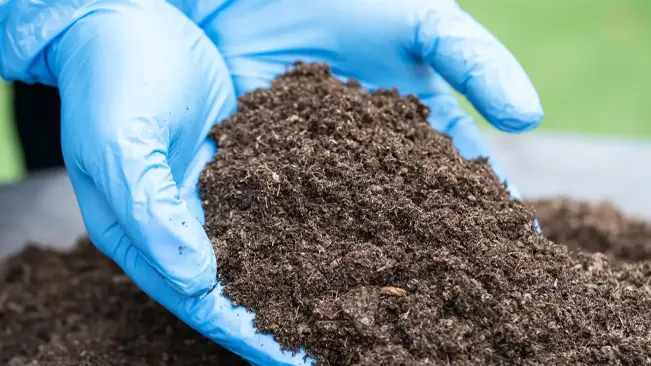
These fertilizers are engineered to release nutrients gradually over time, providing a steady supply of food to your lawn. This slow release helps avoid the surge growth that can occur with fast-acting fertilizers, which often leads to an uneven and unsustainable growth pattern. Slow-release fertilizers are ideal for those looking for a low-maintenance option that nourishes the lawn over a longer period, reducing the frequency of applications.
Fast-Acting Fertilizers
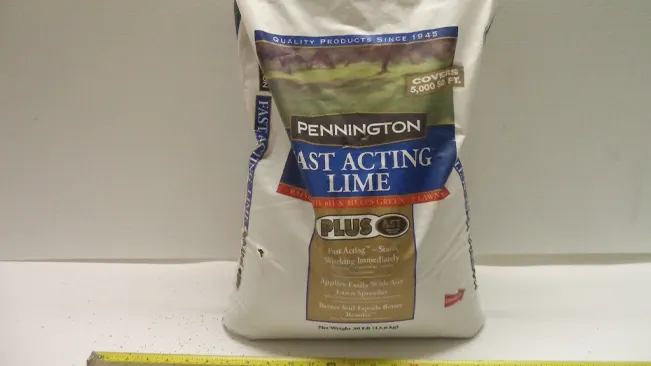
As the name suggests, these fertilizers provide nutrients quickly, offering an almost immediate boost to your lawn. They are particularly useful when your lawn needs a quick recovery from damage or stress. However, the rapid nutrient release can also lead to a short burst of growth, followed by a potential plateau, requiring more frequent applications to maintain lawn health.
Organic Fertilizers
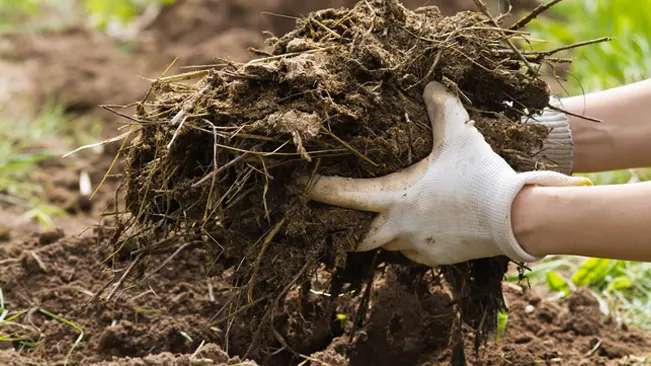
For those leaning towards environmentally friendly options, organic fertilizers are made from natural materials like plant, animal, and mineral sources. These not only provide nutrients to the lawn but also improve soil health over time, enhancing its ability to hold water and nutrients. Organic fertilizers typically act slower than synthetic ones but are safer for the environment, pets, and humans, making them an attractive choice for many gardeners.
The Best Time to Fertilize
Lawns
- Cool-Season Grasses: Early spring and fall are the best times to fertilize cool-season grasses like Kentucky bluegrass, fescue, and ryegrass. These grasses grow most actively when temperatures are between 60°F and 75°F.
- Warm-Season Grasses: Late spring through summer is ideal for fertilizing warm-season grasses such as Bermuda, Zoysia, St. Augustine, and centipede grass, as this is their peak growth period.
Annual Flowers and Vegetables
- Before Planting: Incorporate a balanced, slow-release fertilizer into the soil before planting to give annuals and vegetables a good start.
- During Growing Season: Additional feedings with a liquid fertilizer can be beneficial every 4-6 weeks during the active growing season, depending on the plant’s needs and the product instructions.
Perennials, Trees, and Shrubs
- Early Spring: Fertilize perennials, trees, and shrubs in early spring as they exit dormancy and before new growth begins. This helps them establish a strong foundation for the year’s growth.
- Fall: For trees and shrubs, a fall fertilization after leaves drop but before the ground freezes can help promote root growth and support next year’s growth.
Houseplants
- Growing Season: Most houseplants benefit from fertilization during their active growing season, typically from spring through summer. A monthly application of a balanced, water-soluble fertilizer works well.
- Dormant Period: Reduce or eliminate fertilization during the fall and winter when many houseplants enter a dormant or slow-growth period.
General Guidelines
- Soil Testing: Conduct a soil test to determine nutrient needs before applying fertilizer. This helps avoid over-fertilization, which can be harmful to plants and the environment.
- Weather Conditions: Avoid fertilizing before heavy rain to prevent nutrient runoff. Also, avoid fertilizing during drought conditions unless you can provide adequate water, as fertilizer can burn stressed plants.
- Follow Instructions: Always follow the manufacturer’s instructions regarding dosage and application frequency. More is not always better when it comes to fertilizers.
Fertilization Techniques
Soil Testing
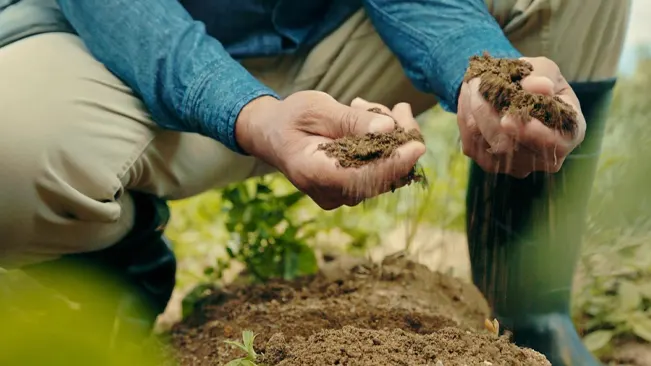
Conducting a soil test is a foundational step in any fertilization plan. By analyzing a soil sample, you gain insights into the soil’s pH level, which affects nutrient availability, and the current levels of essential nutrients. This information is crucial because it guides your decision on what type of fertilizer your garden or lawn actually needs, preventing guesswork that could lead to nutrient imbalances. For example, if your soil test reveals a nitrogen deficiency but adequate phosphorus, you can select a fertilizer with a higher nitrogen content. This targeted approach not only supports optimal plant growth but also conserves resources and protects the environment from the effects of over-fertilization.
Selecting the Right Fertilizer
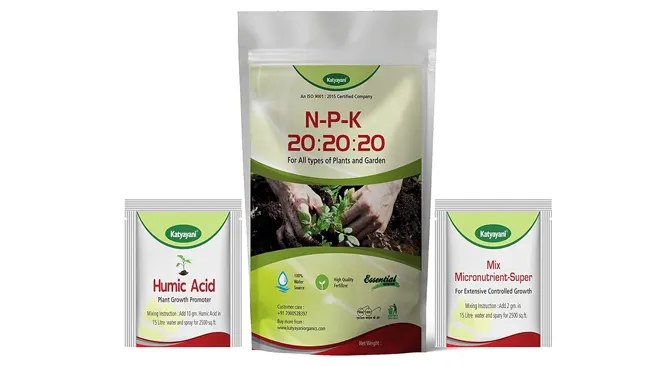
Choosing the appropriate fertilizer is vital for meeting your plants’ specific nutritional needs. Fertilizers are labeled with an N-P-K ratio that indicates the percentages of nitrogen, phosphorus, and potassium they contain, respectively. These three primary nutrients serve different purposes: nitrogen promotes leafy growth, phosphorus supports root development and flowering, and potassium enhances overall plant health. The right balance depends on your plants’ growth stage and the existing soil nutrient profile. For instance, a high-phosphorus fertilizer might be ideal for flowering plants, while a lawn might benefit more from a nitrogen-rich mix. Understanding these needs allows you to select a fertilizer that will most effectively support your plants’ health and growth.
Granular vs. Liquid Fertilizers
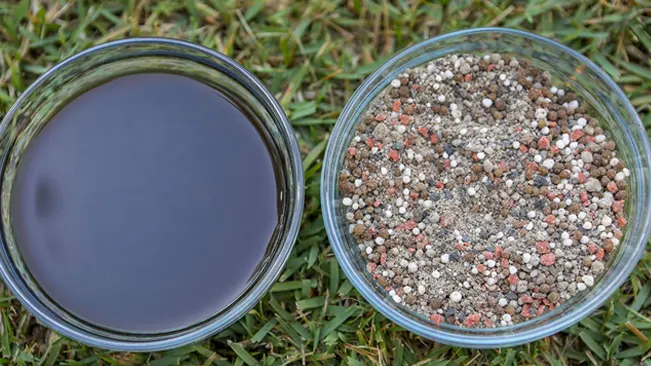
Granular fertilizers are a popular choice for their ease of application and long-lasting effects. Once applied to the soil, these small, solid particles release nutrients gradually, providing sustained feeding over several weeks or months. This slow-release mechanism is particularly beneficial for establishing a consistent nutrient supply without the risk of sudden overfeeding. On the other hand, liquid fertilizers offer rapid nutrient absorption, making them ideal for addressing immediate deficiencies or supporting fast-growing plants. Their liquid form allows for versatile application methods, including soil drenches and foliar sprays, offering gardeners flexibility in responding to their plants’ needs.
Broadcast Spreading
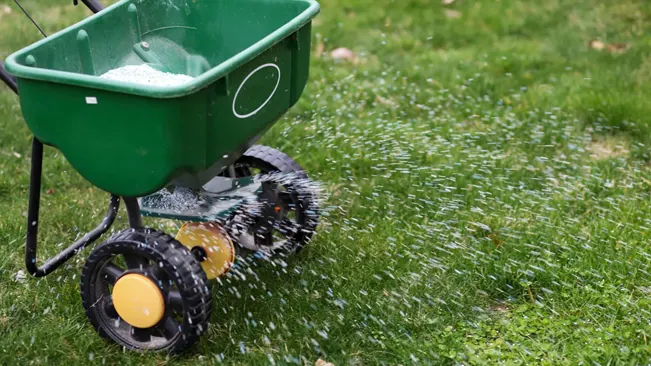
Broadcast spreading is an efficient way to apply granular fertilizer over a wide area, such as a lawn or large garden bed. Using a broadcast spreader, you can evenly distribute fertilizer particles across the soil surface, ensuring each plant receives its share of nutrients. This method is particularly effective for lawn care, where uniform growth and color are desirable. Proper calibration of the spreader and consistent walking speed are key to achieving an even application, preventing nutrient hotspots that could harm the grass.
Banding or Side-Dressing
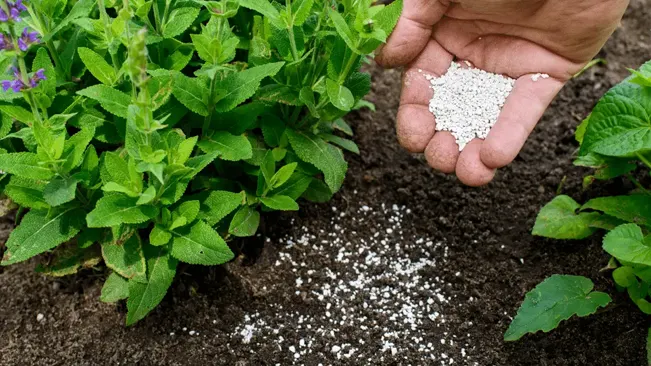
Banding and side-dressing are precise fertilization methods that deliver nutrients close to the plants’ root zones, where they’re most needed. Banding involves placing fertilizer in a strip along the row of plants, either at planting or as the plants mature. Side-dressing, on the other hand, refers to applying fertilizer alongside growing plants, providing a mid-season nutrient boost. These techniques are particularly useful for row crops and vegetable gardens, where targeted nutrient delivery can significantly enhance growth and yield.
Foliar Feeding
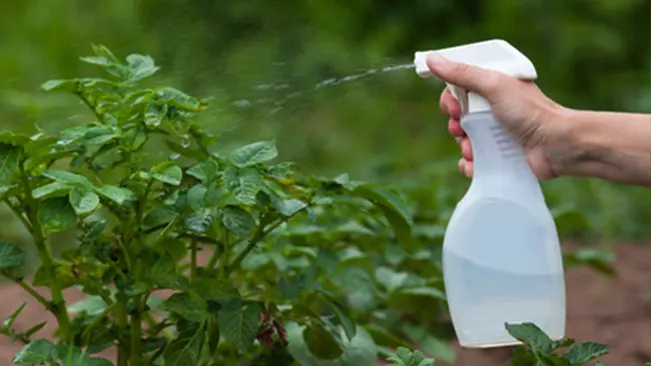
Foliar feeding is a quick and effective way to address nutrient deficiencies, as plants can absorb nutrients directly through their leaves. This method involves spraying a diluted liquid fertilizer solution onto the foliage, providing an immediate nutritional boost. It’s especially useful for correcting micronutrient deficiencies, which are often more effectively resolved through foliar application than soil amendments. However, it’s important to apply foliar sprays during cooler parts of the day to avoid leaf burn and to follow dilution rates carefully to prevent damage to the plants.
Starter Solutions

Starter solutions are gentle, diluted fertilizers applied to young plants or transplants to support their initial growth phase. These solutions typically contain a balanced mix of nutrients to encourage root development and early foliage growth, helping plants establish more quickly in their new environment. Applying a starter solution can be particularly beneficial in poor soils or when transplanting, as it provides an immediate nutrient source to reduce transplant shock and promote vigorous early growth.
Organic Fertilization
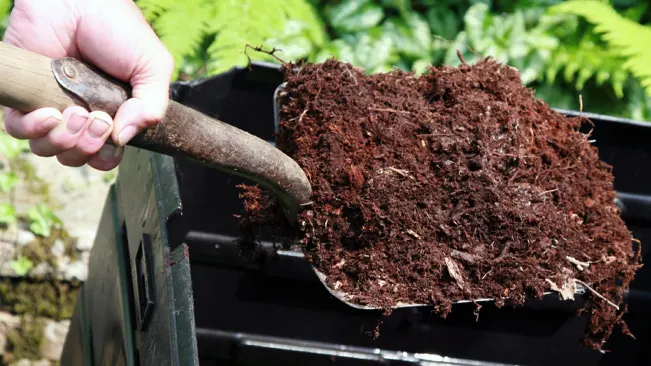
Organic fertilizers, derived from natural sources like compost, manure, bone meal, and blood meal, offer a sustainable approach to fertilization that supports soil health. These materials release nutrients slowly as they break down, improving soil structure and microbial activity in the process. Using organic fertilizers not only provides plants with essential nutrients but also enhances the soil’s water retention and fertility over time. For gardeners committed to eco-friendly practices, organic fertilization is a way to nourish plants while maintaining the natural balance of the garden ecosystem.
Seasonal Lawn Care Tips
Spring
- Aeration and Dethatching: Early spring is an ideal time for aeration and dethatching. Aeration allows air, water, and nutrients to penetrate the soil more effectively, while dethatching removes the layer of dead turfgrass and organic matter that can suffocate your lawn.
- Weed Control: Apply pre-emergent weed control to prevent weeds like crabgrass from sprouting. For perennial weeds that have already emerged, use a post-emergent herbicide or hand-pull them.
- Fertilization: Apply a balanced fertilizer to provide essential nutrients that support growth. Consider a soil test to tailor the fertilizer to your lawn’s specific needs.
- Mowing: Start mowing when the grass begins to grow actively. Set the mower height to cut no more than one-third of the grass blade to reduce stress on the lawn.
Summer
- Watering: Lawns typically require about 1 to 1.5 inches of water per week, either from rainfall or irrigation. Water deeply and infrequently to encourage deep root growth, which helps the grass withstand drought.
- Mowing: Continue to mow regularly, but raise the mower blade in the heat of summer to leave grass taller. Taller grass shades the soil, reducing moisture loss and helping to keep roots cool.
- Pest Control: Be on the lookout for signs of pests and diseases. Treat infestations promptly to prevent them from spreading. Natural and chemical treatments are available, but always follow the label instructions.
- Fertilization: Avoid heavy fertilization during hot, dry periods to prevent burning the grass. If necessary, use a slow-release or organic fertilizer at a reduced rate.
Fall
- Aeration and Overseeding: Late summer to early fall is the best time for aeration and overseeding in many regions. Overseeding can help fill in bare spots and improve the density of your lawn.
- Fertilization: Apply a fall lawn fertilizer to help your lawn build root reserves and prepare for the winter ahead. Look for fertilizers labeled as “winterizer,” which have a higher potassium content for root strength.
- Leaf Removal: Keep your lawn free of leaves and debris. A thick layer of leaves can smother the grass, block sunlight, and promote disease.
- Weed Control: Continue to manage weeds as needed. Fall is also a good time for applying post-emergent herbicides to control perennial weeds.
Winter
- Traffic Management: Avoid walking on your lawn when it’s frosted or dormant, as this can damage the grass.
- Equipment Maintenance: Winter is an excellent time to service your lawn care equipment. Sharpen mower blades, change the oil, and perform any necessary repairs so everything is ready for spring.
- Planning: Use the winter months to plan any changes or improvements to your lawn care routine for the coming year. Consider new landscaping projects or adjustments based on the previous year’s successes and challenges.
Conclusion
In conclusion, achieving a lush, vibrant lawn is a year-round endeavor, each season bringing its own set of tasks. Spring is for rejuvenation through aeration, dethatching, and fertilization. Summer demands diligent watering, mowing, and pest control to combat heat and drought. Fall focuses on lawn strengthening via aeration, overseeding, and fertilization, alongside leaf removal. Winter is about lawn protection and planning for the year ahead. Adapting these practices to your local conditions ensures a healthy lawn that enhances your outdoor space.
FAQs
- Can I fertilize my lawn too early in the spring?
Yes, fertilizing too early can lead to premature growth and susceptibility to late frost damage. - How often should I fertilize my lawn in the spring?
Typically, one to two applications are sufficient, depending on the type of fertilizer and your lawn’s specific needs. - Is it necessary to water the lawn after fertilizing?
Yes, watering helps dissolve the fertilizer and transport nutrients to the roots. - What’s the difference between slow-release and fast-acting fertilizers?
Slow-release fertilizers provide nutrients over a longer period, while fast-acting fertilizers give an immediate nutrient boost but for a shorter duration. - Can I use a weed killer with my spring fertilizer?
Some products combine fertilization and weed control, but timing and application should be carefully considered to avoid damaging the lawn.

Joel Cunningham
Forestry AuthorI'm Joel Cunningham, an expert in pruning and weed management with over a decade of experience. My skills are rooted in formal training and extensive practice, focusing on advanced pruning techniques and efficient weed control. I'm known for my quality work, precision, and deep understanding of plant health and soil dynamics. My contributions extend to educational initiatives where I share sustainable practices and advice, establishing myself as a reliable and authoritative figure in the gardening community.





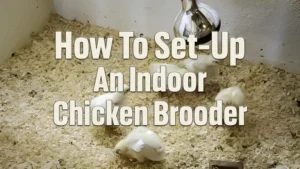







Leave your comment